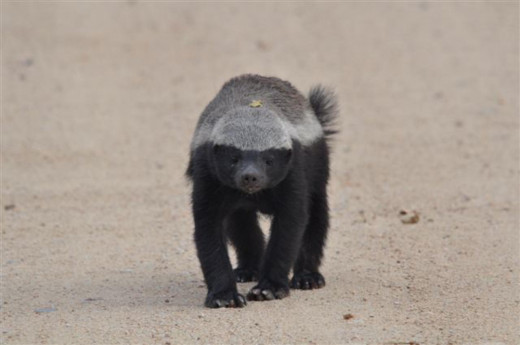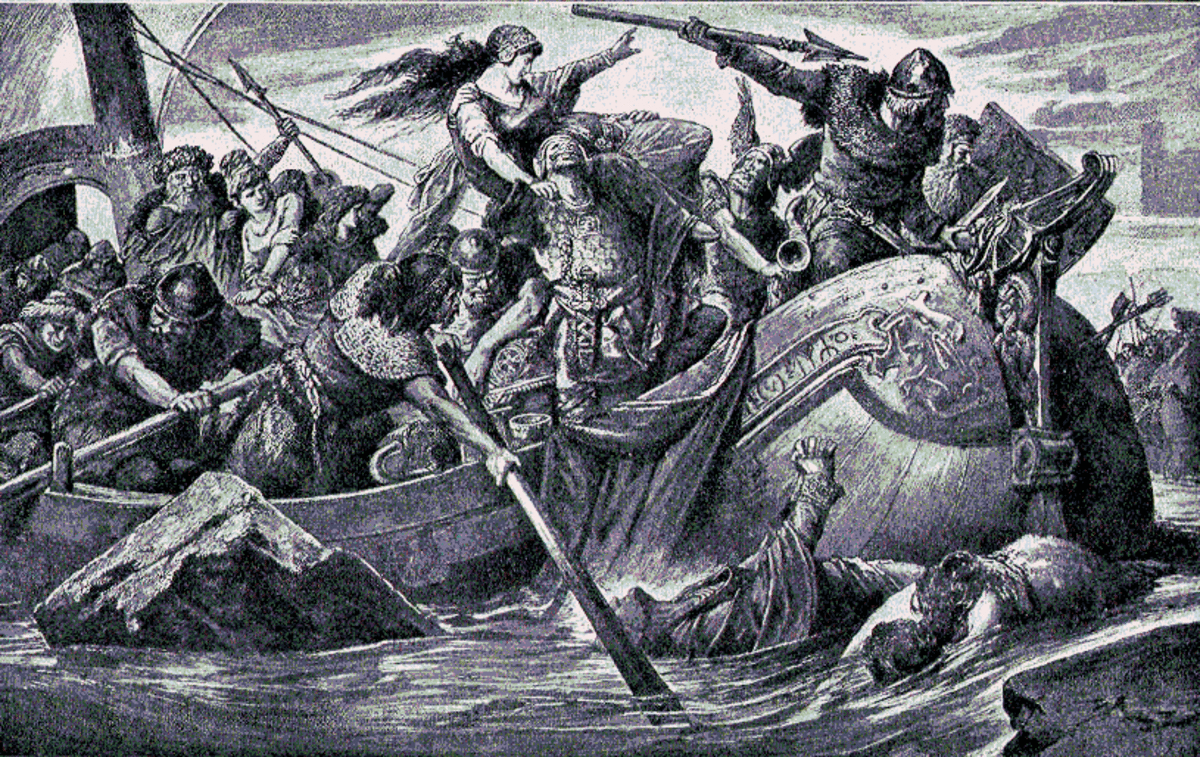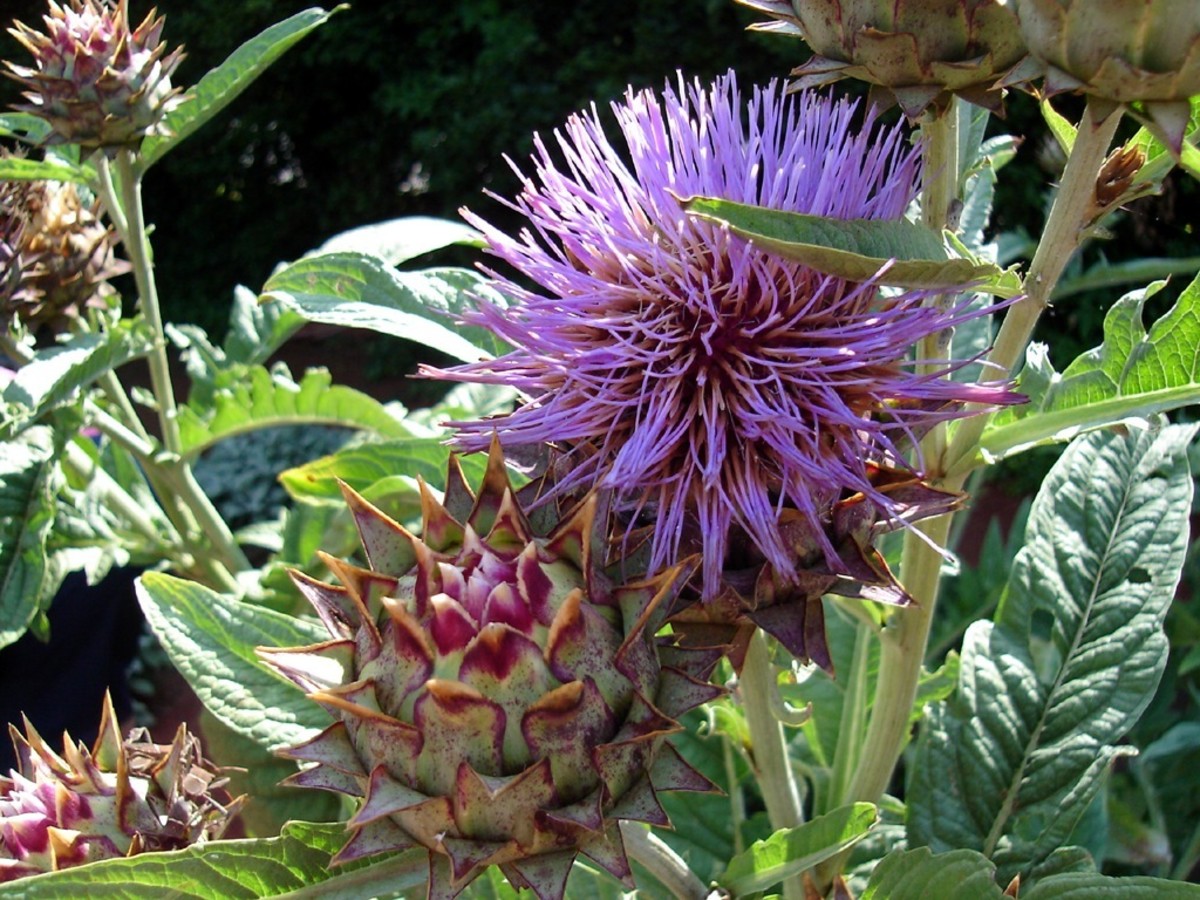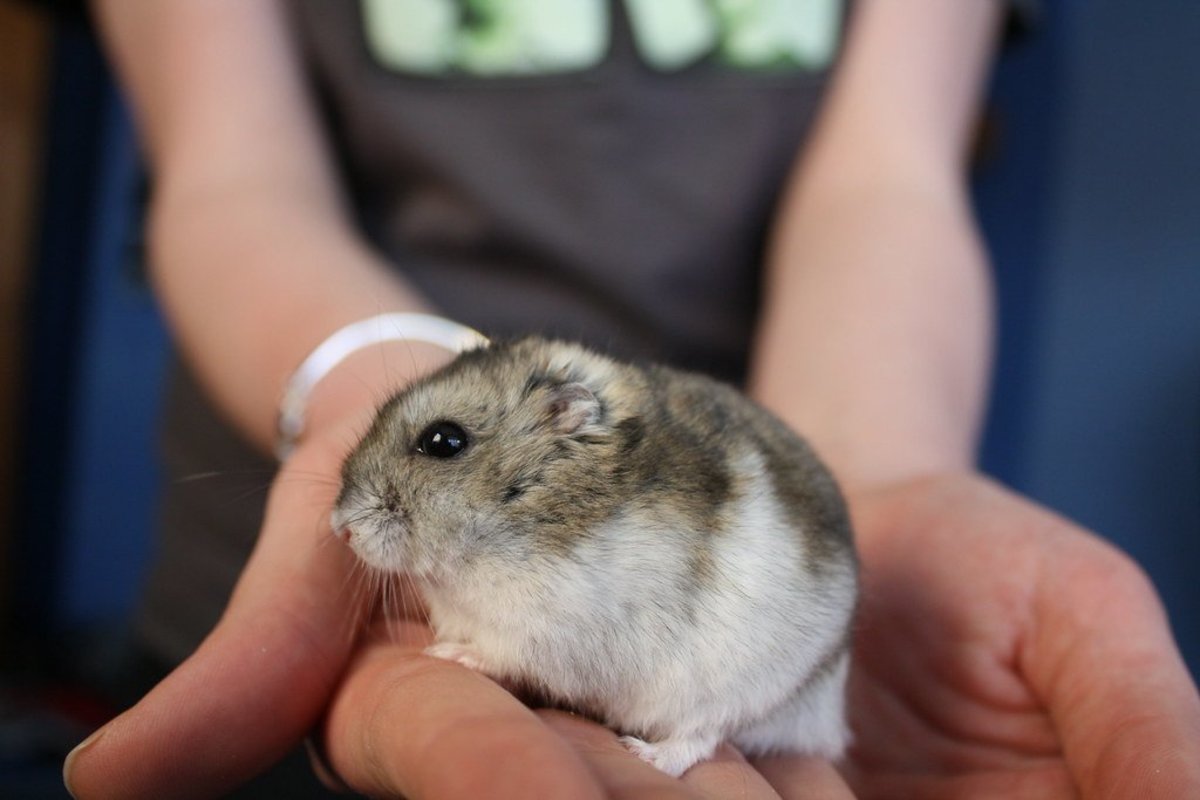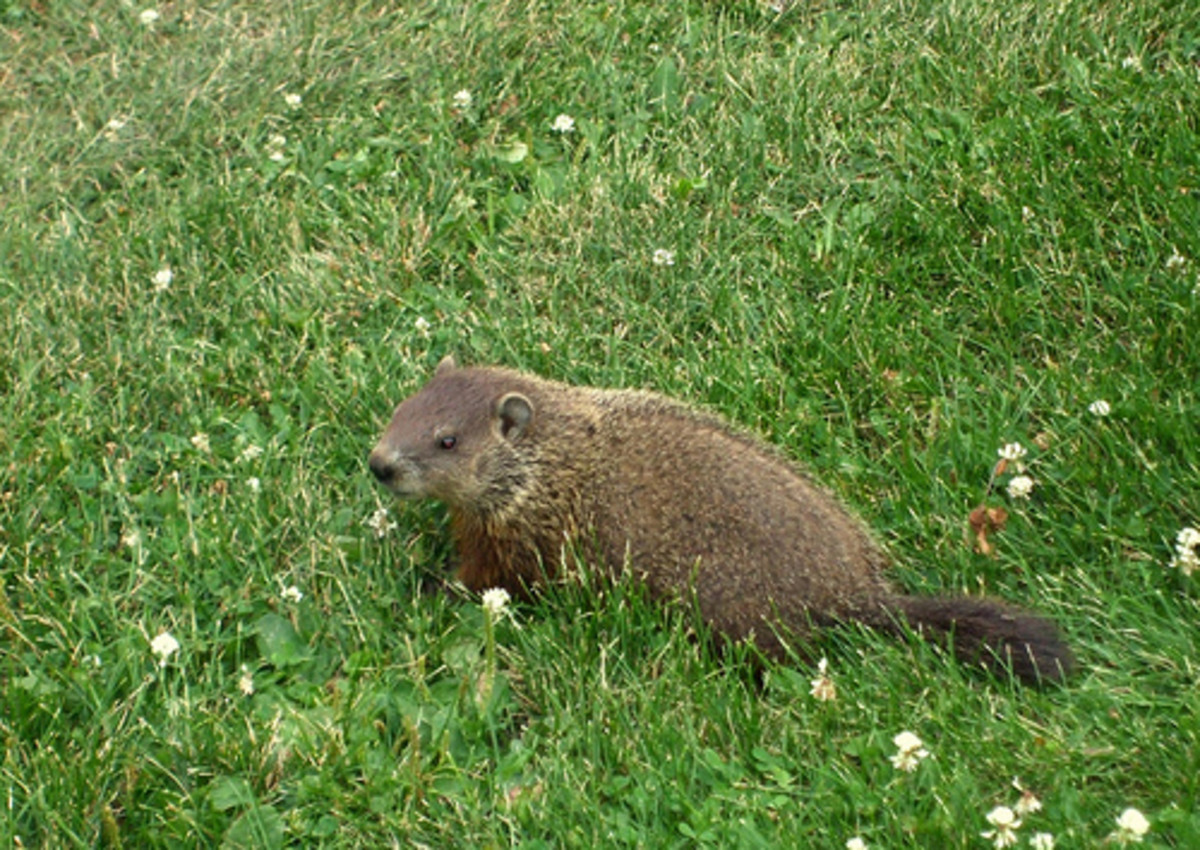Tree badgers
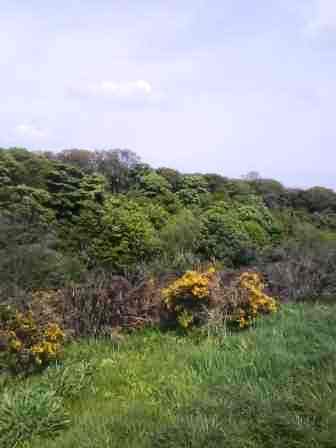
The greater tree badger
Mainly known as the lesser spotted tree badger in the U.K. as not many have seen one, they are known within their home country of Norway as Badgerouseatalotapinus.
Quite simple and plain names for such a voracious species which can, if left unattended, devastate a forest within a month of arriving.
The journey to Scotland was thought to have been via the Vikings at first but the mere fact that the Norse god fearing ginger minters of the past made their hollowed out extra size canoes from pine trees lets the theory down a little as surely as the sun rises in the east the badgers would have burrowed into the hull and sunk any ship they found themselves on.
This theory though is not as stupid as one may at first believe if in fact the Vikings had managed to mount a sporadic attempt during the ice age to concur Britain. The Badgers are renowned for their hibernation techniques; perhaps the |Vikings had inadvertently chopped down a hibernation tree used by the indigenous population during times of extra cold weather?
They would and I believe still do lay their young ones within sacs of sputum at the base of a sapling during the warmer April months prior to a hard and fast winter (this is down to the Michael frostus gene found within their D.N.A. make up so I am told)
The sapling would then grow around the sputum and allow it to grow and flourish within its own space within the tree bark.
Often these sputum bags would come to nothing and explode with toxic venom, you may very well have seen the aftermath of such an explosion on trees within your own area, great gnarled whirls of bark that look as though they should have a limb hanging off it.
Some however managed to come to full size fruit and give birth to the Genus:-
TREE BADGEROUS EXTRAORDINAIROUS.
don't they look cute!
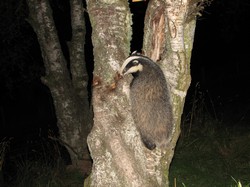
This fledgling group of quarter primate half badger part flying fox developed the art of travelling at great sped through the tree tops as a way of self defence against predators which after a while became redundant as nothing was able to eat them and digest anything of value from them due to their diet of wood pulp and bark.
Later Imports to the British Iles can of course be related quite easily within the time frame of the birth of IKEA. (1943 in Älmhult, Småland, Sweden)
The birth of this fine Scandinavian company signalled the migration of the TREE BADGER due to the very fact that 99.9% of all IKEA products were made from pine!
None sustainable pine at the time for not a lot was known about global warming in the early days of deforestation.
Indeed the only globes warmed at that time were those standing in font of a pine log fire during the coldest of winters.
Seeking sanctuary the Tree badgers Stole onto container ships bound for import docks the like of Glasgow, where by pure chance they were able to find sustenance from the local parks and gardens which were the pride of Scotland’s drive for a better country and also a place for those working within the shipyards to go and relax at the week end.
the aftermath of a tree badger swarm attack
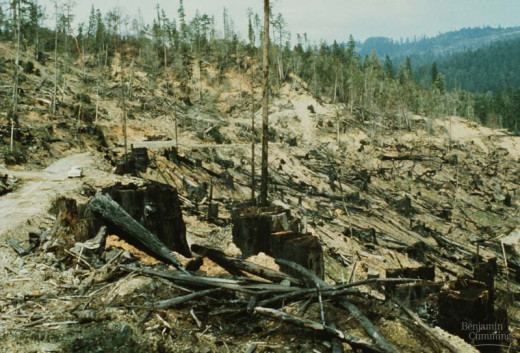
Those of the troops which moved northwards can still be found today (at least their ancestors) living within the great pine forest of Ardkinglas atop of the great loch Lomond.
http://www.ardkinglas.com/3/7/Gardens/Gardens.html
Here they were free to eat as much as they liked due to the sturdy husbandry developed by the Noble hierarchy who are of course not too distant relatives of none other than Queen Elizabeth herself.
They arrived there via the high road as opposed to the low road, the low road having been widened to accommodate the movement of cattle during the great hide a cow for Christmas fiasco of the late fifties early sixties ( more of which later).
But I digress…
The Tree badger that now prevails in the confines of Yorkshires diminishing forest land is somewhat smaller than its ancestors due to the physical demands of the terrain playing havoc with their membranes stretched taut between their front and back legs.
They still carry the mark of the Viking about them having the cleft chin and misshaped pallet of the original but the constant dripping of sap from the tops of new pine cones tends to attract all manner of mites and midge’s to within the warm dank folds of their Arial prowess; thus they have taken to seeking out remaining pockets of soldier mole infestations in the hope that they may be attracted by the odour of magnesium and mercury which they have ingested so that they may clean them of the parasites.
The reason for this strange behaviour is because soldier moles are one of the few animals within England capable of keeping up (speed wise) with the badgers.
This is no doubt down to their steroids and army training during their formative years…
Some academics argue that because there are no pictures of soldier moles then they cannot exist, yet the facts state the opposite.
Fact is that soldier moles would still be following the line of metalled roads drilling automatically the holes needed to implant new lamp standards if it were not for the fact that the tree badgers had eaten the trees allowing them to stray from the straight and narrow.
Occasional glimpses of “big cats”
Re proof that soldier moles exist otherwise what would these large predators be living on?
Large holes along the sides of motorways and “A” roads diminishing in their extent now; are being replaced further afield alongside the new pine forests being planted in the name of “global warming”.
Who knows where Tree badgers may surface next?
There are reports that some are trying to migrate towards Austral Asia possibly following the scent left many years ago by those ten pound pommes I have indeed myself found mention of them in Thailand…
http://www.bbc.co.uk/dna/h2g2/A2622584
Known as the ferret badger they resemble so much the attributes of the tree badger that in some places they are even known by that name.
They are of course not to be confused with the African honey badger(SEE PICTURE) which is an entirely different creature.
I hope you have learned something from our little lesson on genetic mutation and look forward to explaining some more phenomena at a later date.
A rare glimpse out in the open
